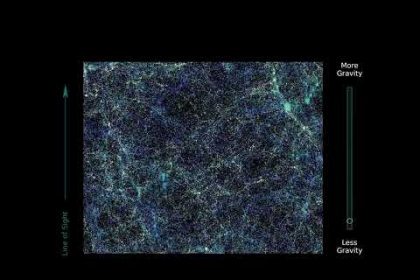As you know, electrons are very small particles that revolve around the nucleus of an atom. In their laboratories, scientists have managed to control atoms in such a way that they, like electrons, move along a specific path without colliding with each other.
According to the scientific news department of Tekna Technology Media, this discovery can help us to build much more powerful computers and even produce clean and unlimited energy. Imagine having a computer that works thousands of times faster than today’s computers, or being able to supply the electricity we need from a small, permanent source. These are just some of the possibilities that this new discovery brings us.
In order to better understand this issue, we need to know what is meant by “edge mode”. Imagine a river. The water in the river is always moving and flowing from one side to the other. Now imagine that there are very small particles (like sand or mud) in the water. These particles also move along with the water, but mostly accumulate on the river banks. This state is called edge state.
The same thing happens with electrons and atoms. Scientists have been able to create conditions where atoms move along a specific path at the edges of a medium, just like grains of sand in a river.
Using very precise lasers, scientists trapped atoms and brought them to extremely low temperatures. Then, by creating a magnetic field, they forced the atoms to move in a circular path. In this situation, the atoms moved along the edge of this circular path instead of being spread all over the medium. The discovery is still in its early stages, but scientists hope to be able to use it to build new, highly efficient electronic devices. Also, this discovery could help us gain a better understanding of the world around us and answer fundamental questions about the nature of matter and energy. To see the latest news, refer to the scientific news page of Tekna Media.
RCO NEWS















